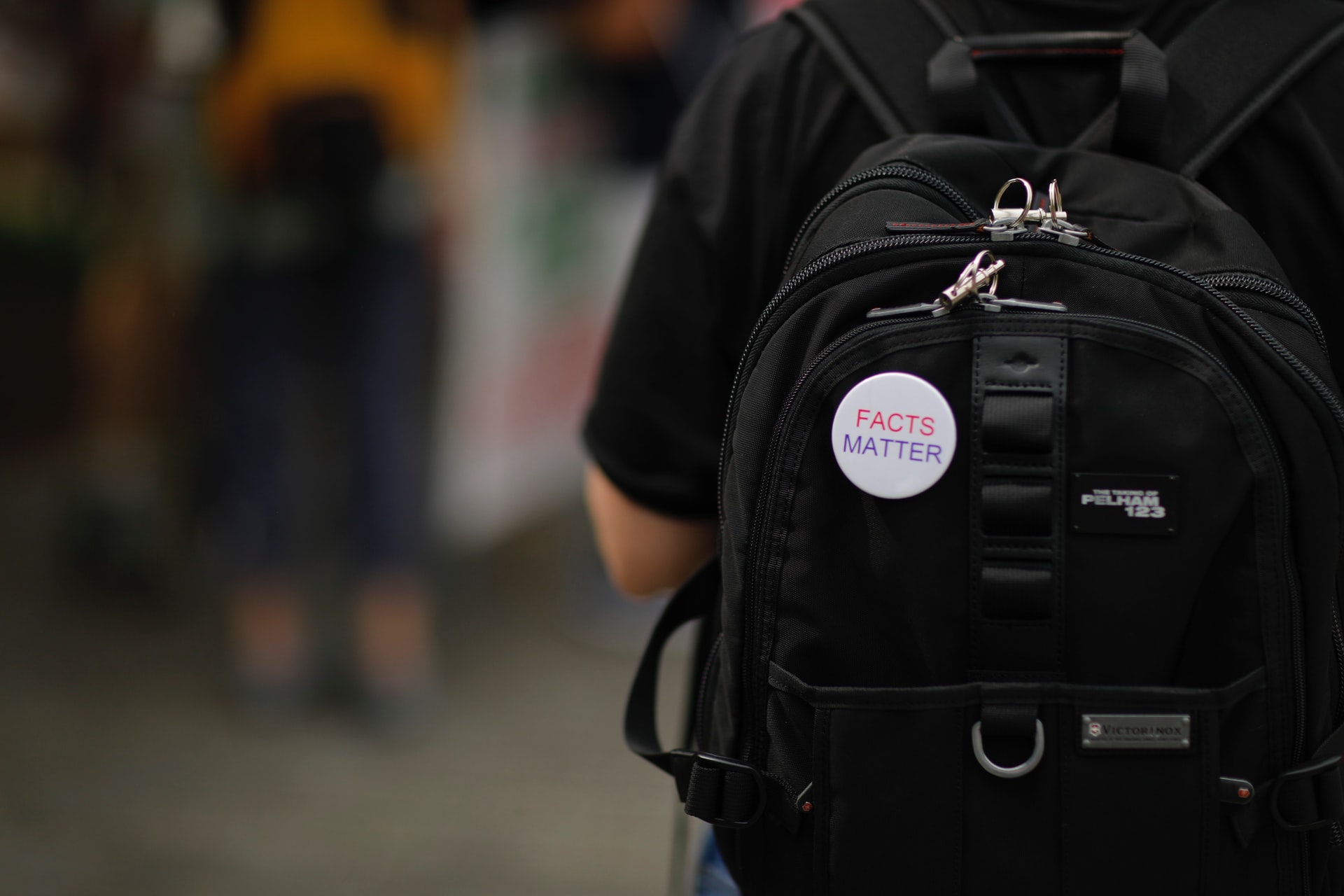The Russia-Ukraine war is happening at a very media-rich time. There is a lot of false information across the Internet, but also very moving images appear in real time. Definitely, in this new era, wars are also fought on social networks.
Easy access to the internet has great advantages, it has helped many events to be documented and reach the whole world very fast. However, it also facilitates disinformation through false content. According to a Massachusetts Institute of Technology (MIT) study, fake news is 70% more likely to be retweeted. In contrast, real news takes longer to penetrate a group of people.
The study researchers began to notice that, for many people, Twitter was a primary source of news but much of the information was unsubstantiated, based on rumor, or false. This led them to wonder why fake news spread faster. Their initial theory was that it was to do with novelty and people’s need to be the first to get the information and share it. But, after carrying out the research, they realized that it was also linked to users’ emotional responses.
Distrust and bias in information
In recent weeks, information about Ukraine and Russia is overflowing Facebook, TikTok, Twitter, Instagram, WhatsApp and Telegram. Unfortunately, due to misleading, false or manipulated content many are wary of real pictures or videos, therefore authentic experiences may be relegated too.
This is not a phenomenon exclusive to this historical moment. Social networks have also been present in other events, but not all have the same impact on the Internet. Some countries that are also currently in armed conflict are Ethiopia, Myanmar, Syria, Yemen and Afghanistan, however, social networks do not give the same attention and interest to all equally, despite the fact that they have marked humanitarian crises, which worries many because of the bias of the information.
What are the methods generally used to manipulate?
When information creates an emotional response, it engages people, motivating them to share. False content usually does not explain where the information comes from, the headlines are usually sensationalist and call for multiple shares. This type of message can have links that damage devices or are motivated by ideology or an attempt to monetize.
Anyone can be fooled, details are essential to separate the fake from the real. There are programs to modify photographs, creating exaggerated, altered or non-existent scenarios. For videos, there is deepfake, which achieves manipulation with sophisticated technology and worries society in general because of the repercussions it can have. For example, in the first days of the invasion of Russia, two fake videos were released, one of President Putin and the other of President Zelenskyy.
Not only are fake videos released with audio and visual manipulation of the mouth, but also fake techniques such as staging events, using old visual content in a different context and varying the appearance of a scene. These changes are generally employed to create doubts about the veracity of real images.
Avoiding the spread of fake news
The main advice is not to believe everything published on social media and to employ critical thinking. Eliminating the chain of diffusion is essential to prevent false content from continuing to spread: pause before sharing.
There are some platforms with experts who are in charge of verifying certain information, but users can also use these techniques themselves. Similarly, seek more reliable sources of news by comparing the content using different media and official accounts.
How can fake news be identified?
Inconsistencies can provide data about the images. Details that can be noted include the season – does the clothing match the weather; time of day; license plates; and architectural or natural features of the location. If they do not match or seem odd, it is most likely altered information.
Some of the platforms where it is possible to check the veracity of certain facts are Agence France-Presse (AFP), Bellingcat and Australian Associated Press. Users can check on Google Images to find out if a photograph has been reused, and the quality of the image can give clues as to whether it is old or new.
Networking, advertising and marketing expert Gaby Castellanos recommends checking sites such as Politifact.org (to verify any information), Snopes.com (to find out about fake videos and information), Chrome Fake News Detector (to unmask sites that share fake content), and Know Knews (to re-check).
Castellanos recommends that her followers on Instagram check the URLs involved in the news as many of the fake sites copy similar names from big platforms to deceive. Likewise, she warns about videos with clear re-edits, content with many re-sends on WhatsApp, and sensationalism in the news, which is used to attract views.
Image credit: The Climate Reality Project

